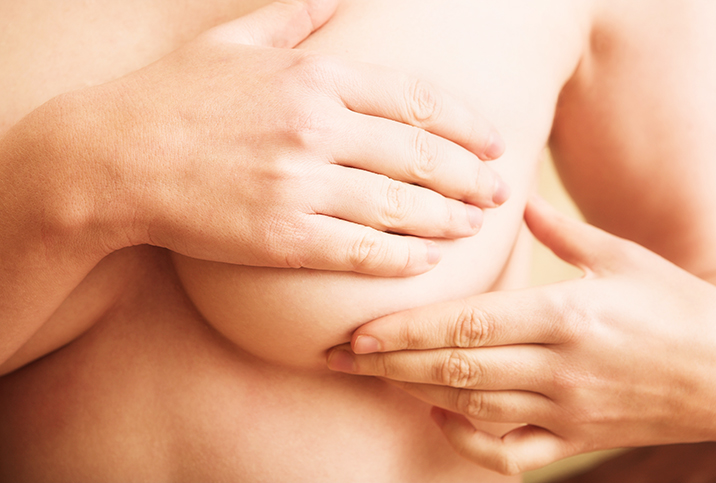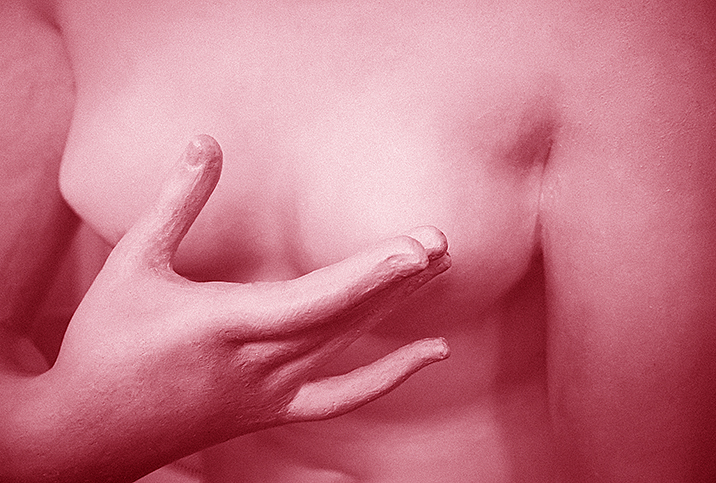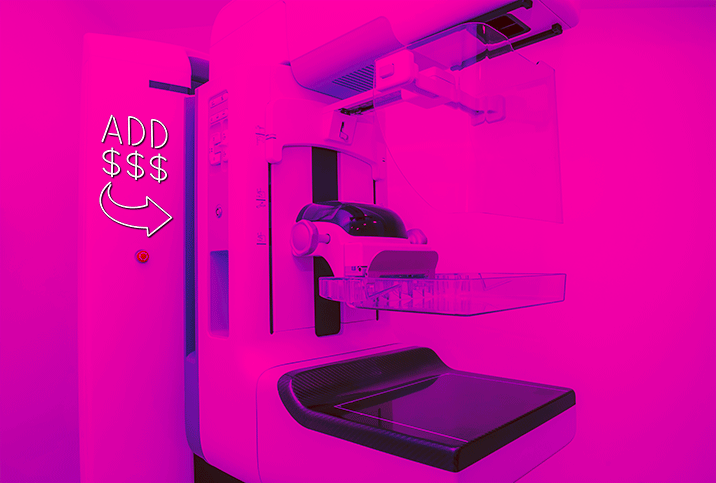What Doctors Have to Say About the Changing Self-Exam Guidelines

In 2003, the American Cancer Society changed the guidelines on breast self-exams (BSEs), saying that they no longer recommended regular self-exams as part of a woman's healthcare routine.
Almost two decades have passed since the guidelines changed, but many women are still confused by this suggestion. Self-exams are easy: They take only a few minutes per month, can be done in the privacy of your own home and are also free. If self-exams were considered such a crucial part of women's health for so long, why would we stop doing them?
The breast self-exam was first introduced in the 1930s as a method for catching breast cancer in its early stages. In 1947, the American Cancer Society began a widespread campaign, "Cancer's Danger Signals: Look for a lump or thickening in the breast." In the 1950s and 1960s, the American Cancer Society and National Cancer Institute sponsored a film demonstrating self-exams, which was shown to millions of American women.
Women are getting mixed messages as to whether or not they should do breast self-exams.
However, even after the widespread promotion, there was still no evidence that breast self-exams actually saved lives. It wasn't until the late 1990s and early 2000s that studies began to show that BSE's did not decrease breast cancer mortality rates.
Today, women are getting mixed messages as to whether or not they should do breast self-exams. Some sources refer to these exams as "optional," while others discourage women from doing the exams at all. Research has shown that breast self-exams can lead to depression and anxiety, as well as unnecessary doctor's appointments and testing. It can also give women a false sense of security, which might deter them from getting regular mammograms (which are now considered the most reliable tool for detecting breast cancer).
What the American Cancer Society does suggest is breast awareness. "Women should be familiar with how their breasts normally look and feel, and should report any changes to a healthcare provider right away," the ACS states.
Tri-City Medical Center explains breast awareness by telling patients, "Get to know your breasts. You should be familiar with everything from whether one breast is larger than the other to what they feel like throughout the month, as your hormones fluctuate. Instead of conducting an at-home exam like clockwork every month, start to attune yourself to when your breasts are normally sore, what your nipples look and feel like, and how your breast tissue feels to the touch."
Aurora Health Care also gives some pointers on how to identify your breast "baseline," or what's normal for your body. Things to know: "What's their texture? Are they firm or soft? What's their shape when you're standing? When you bend over? What's the shape of your nipple? Does it point in or out?" Being aware of these characteristics will help you notice changes when they occur.
You should be familiar with everything from whether one breast is larger than the other to what they feel like throughout the month, as your hormones fluctuate.
It's important to talk with your doctor if you notice any changes to your baseline. Mayo Clinic lists hard knots or lumps; dimples, puckers, bulges or ridges on the skin of your breast; nipple inversion; redness, warmth, swelling or pain; itching, scales, sores or rashes; or bloody discharge as things to look for. Any other changes to the way your breasts look or feel, "such as thickening or prominent fullness that's different from the surrounding tissue" could also be a sign that something is off.
Not all changes to your breasts mean cancer. In fact, many women will develop a breast condition at some point in their life. Cysts, fibroadenomas, mastitis and fat necrosis are all common conditions that require medical attention. Understanding what's normal for your body will help you catch these conditions as well.
The concept of breast awareness is one that can be applied to all aspects of your health, including your mental health. Familiarizing yourself with your body and tuning in to how you normally look and feel will help you better care for yourself, and protect your health and well-being. Yoga, meditation, open and honest conversations with your doctor, as well as an awareness of your diet, sleep hygiene and exercise routines, will help you understand yourself and your body. Awareness is the foundation of a healthy lifestyle.


















